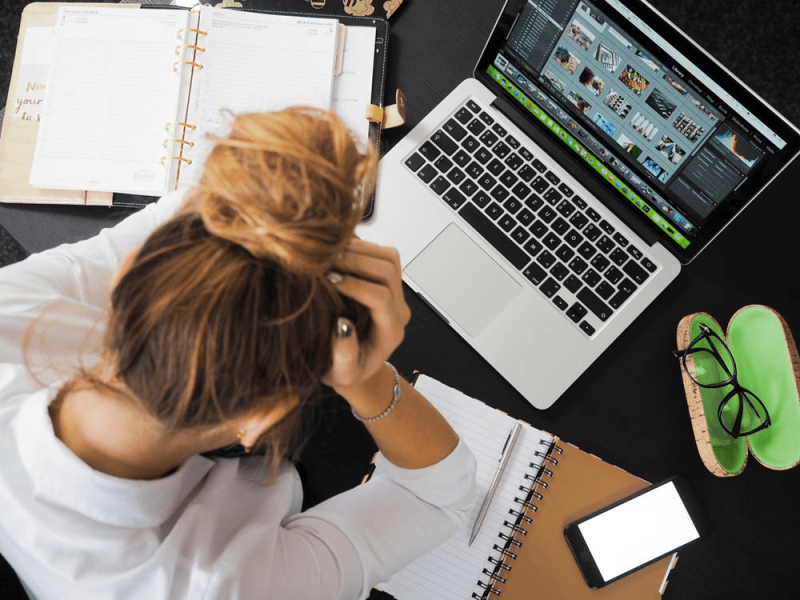All of us worry or get scared sometimes. But if you feel extremely stressed or afraid much of the time, or if you repeatedly feel panicky, you may have an anxiety disorder. Anxiety disorders are among the most common mental illnesses, affecting millions of people each year. And yet, it does not have to be your destiny! There are effective treatment approaches, including cognitive behavioral therapies, psychotherapy, and medications. There are also integrative treatments to cope with anxiety, such as relaxation techniques, mindfulness meditation, and biofeedback.
Anxiety Symptoms
While symptoms vary widely, chances are good that at some point you’ve experienced occasional physical and emotional distress signals such as panicky breathing, your heart pounding in your chest, trouble sleeping, feelings of dread, or even loops of worry. By itself, anxiety isn’t a problem. It anchors the protective biological response to danger that boosts heartbeat and breathing, pumping oxygenated blood to your muscles as your body prepares to fight or flee. A healthy dose of anxiety can motivate you to get to work on time, move you to study well for an exam, or discourage you from walking alone in the unknown places at night.
Having anxiety is normal. The problem is that sometimes our anxiety responses get out of control, so that we overreact or react to the wrong situations, people or events.
Types of Anxiety Disorders
- Generalized anxiety disorder: A pattern of excessive worry about a variety of issues on most days for at least six months, often accompanied by physical symptoms, such as muscle tension, a hammering heart, or dizziness.
- Social anxiety disorder: Feeling significant anxiety in social situations or when called on to perform in front of others, such as in public speaking.
- Phobias: A particular animal, insect, object, or situation causes substantial anxiety.
- Panic disorder: Panic attacks are sudden, intense episodes of heart-banging fear, breathlessness, and dread. “It’s the feeling you’d have if you just missed being hit by a Mack truck — but for people with panic disorder there is no Mack truck,” says Dr. Beresin.
Source: Harvard Medical School
The results of anxiety
Quality of life suffers when the anxiety persists. Intrusive thoughts, panic attacks, intense self-consciousness and fear of rejection, and other results of anxiety disorders compel people to avoid anxiety-provoking situations. This interferes with relationships, work, school, and activities as people isolate themselves, turn down opportunities, and undermine our joys of life.
There are effective interventions for anxiety
- Changing your lifestyle habits, such as caffeine intake, walking outdoors, sleeping and eating well and avoiding substances that might cause anxiety symptoms.
- Mind-body approaches, such as deep breathing, yoga, meditation, dancing and mindfulness.
- Psychotherapy, such as cognitive behavioral therapy (CBT), exposure therapy and art therapy. CBT teaches people to reframe unhelpful anxious thinking based on our assumptions and past experiences, as thoughts influence our feelings and behaviors. Exposure therapy helps people express and calm anxiety by gradually exposing a person to feared situations or objects under guidance from a therapist. Art therapy helps people to express and reveal the stress underlining feared situations, people or objects under witnessing from an art therapist.
- Medicines, Varying doses of some antidepressants help relieve anxiety when taken daily.
Often, a combination of these approaches is most effective. For example while having CBT, art therapy and/or exposure therapy it is effective to cultivate and strengthen coping skills to retain anxiety manageable such as learning to do yoga, meditation or beginning to paint, etc.

